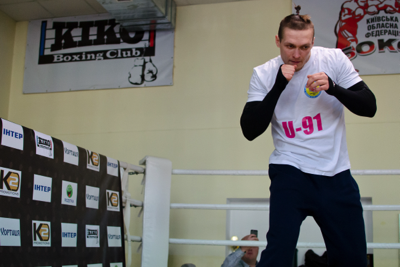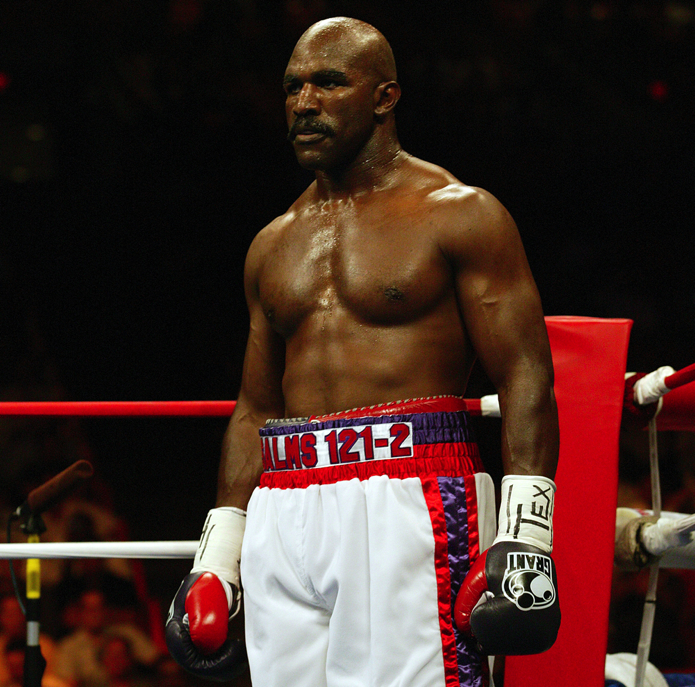
In everyday life, we can all be the victim – or the deliverer – of a metaphorical low blow: a quip or bit of banter that perhaps be perceived as overstepping the line of good taste. In boxing, the matter of the low blow is rather less subjective: if you get struck below the belt and in the ‘particulars’, that is an illegal punch. That’s the general idea anyway, although – sport being sport – such a rule that should be black-and-white has its grey areas, as witnessed in Oleksandr Usyk’s heavyweight title defence against Daniel Dubois in August.
Dubois, the challenger and underdog, landed a punch on Usyk in the fifth round that divided the opinion of pundits and onlookers: was it a low blow or did it land on the belt line? The Ukrainian hit the deck, with referee, Luis Pabon, decreeing that the shot was indeed a low blow. He then handed Usyk the best part of four minutes to get his breath back, in which time the WBA, IBF, IBO and WBO champion regrouped before going on to secure a TKO victory in the ninth round.
In an alternate reality, Usyk would have been handed a ten count and Dubois would now be a world champion – the Brit is adamant that the punch was legitimate and has called for the fight to be ruled as a no contest. He has received support on that front from many, although former cruiserweight champion, Tony Bellew, believes that Usyk’s high-riding shorts had confused the matter and that the controversial punch had in fact landed below the naval.
Heavyweight punch bag, Dereck Chisora, has even called for VAR to be introduced in boxing to prevent such ‘injustices’ happening again. So, what is the low blow rule in boxing, and was Dubois’ punch legitimate or not?
What Is a Low Blow in Boxing?
As confirmed by the rules set out by a number of boxing’s governing bodies, including the British Boxing Board of Control, it is forbidden to hit your opponent ‘below the belt’. The beltline is typically agreed to sit just above the hips, like it would if you were wearing shorts, trousers or any other form of legwear.
The difficulty, and the nuance of the rule, comes when a fighter wears their shorts high – imagine Simon Cowell starting a new career as a welterweight pugilist. In theory, it shouldn’t matter as the generic beltline would remain just above the hips – that’s the argument put forward by Dubois and his promoter, Frank Maloney, after the Usyk battle. His blow appeared to strike the Ukrainian below the belt but still adjacent to the belly button area.
The rules do state that when a boxer is the victim of a low blow, they are allowed a ‘reasonable amount’ of time to recover – but no more than five minutes. That explains why Usyk was handed the extended time to get his breath back. The referee can dock the low blower points or even disqualify them from the fight if the punch is egregiously and deliberately low, but if no punishment is forthcoming in that regard then Dubois would have been declared the winner had Usyk been unable to continue. However, it’s likely in such a scenario that an immediate rematch would have been called.
High Times & Low Blows

Some big old scraps – and even title clashes – have been impacted by a low blow or two. The likes of heavyweight greats Larry Holmes and Evander Holyfield have been on the end of tenderising low blows in world title bouts, while Ricky Hatton and Kosta Tszyu exchanged what some might describe as deliberate low blows in their 2005 war in Manchester.
Some believe that Miguel Cotto’s accidental low blow on Zab Judah in their 2007 contest ultimately led to his win – Judah lost all the momentum he had built up in the early rounds, while he himself delivered a below-the-belt shot to Floyd Mayweather a year earlier that was so low it sparked a ruckus between the two fighters’ camps at ringside.
Roberto Duran defeated Ken Buchanan after the latter was unable to show for the fourteenth round after being struck by a low shot in the thirteenth, while former heavyweight champ, Jack Sharkey, was disqualified – and stripped of his golf – for a low blow on challenger, Max Schmeling, in 1930; the first time a champion had lost their title via DQ.
Then there’s the infamous pair of battles between Riddick Bowe and Andrew Golota in the 1990s. In their first bout, Golota had points deducted on his card on three separate occasions for low blows, before a fourth saw him disqualified by referee, Wayne Kelly. The subsequent carnage in the ring and in the crowd at Madison Square Garden was dubbed ‘Riot at the Garden’.
The press interest being what it was, Bowe and Golota decided to have a rematch five months later, this time in Atlantic City. You can probably guess the outcome: yes, Golota – who was clearly winning the bout at the time – was disqualified for delivering repeated low blows.